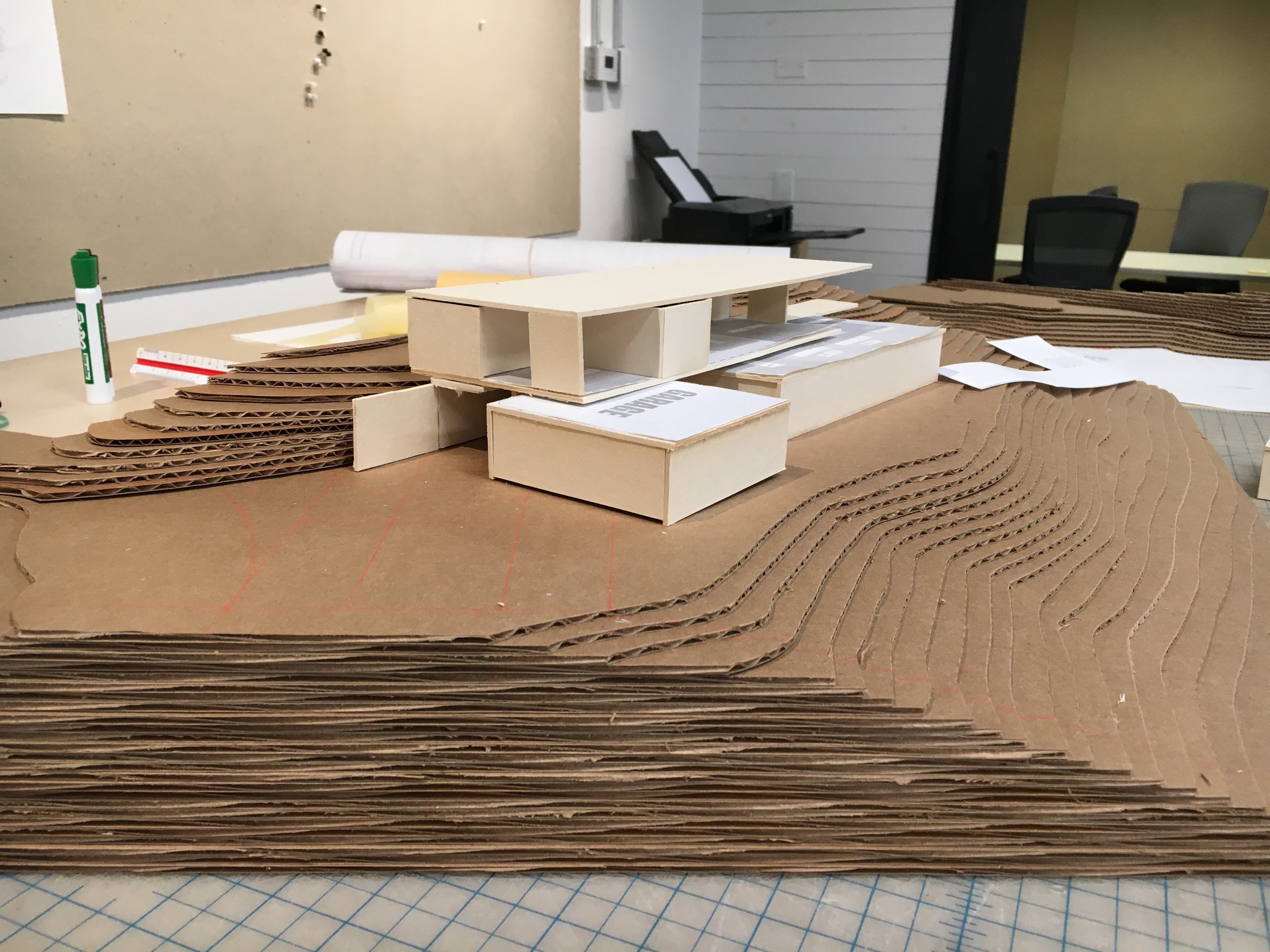How to Set a Project Budget for Architecture—and Stick to It: 9 Simple Rules
Whether you are remodeling or building a new home, the most successful projects begin with a realistic budget, transparent financial plan and well-established expectations.
But where do you start?
Below, we’ve established Nine Simple Rules that help guide the process. These guidelines will allow you to:
Clarify your goals and parameters
Hone the design and construction process
Ensure your investment is well spent
1. Define Your Wish List
Whether your wish list lives on a scrap of paper, on a well-developed Pinterest board, or in your head, it’s vital to define and communicate your goals early in the process. The more information your architect has, the better they can design and budget for the project you want.
We ask clients to fill out a detailed questionnaire that addresses project goals—both broad: “I’d like spaces that flow from one to another” and specific: “I’d like a large outdoor shower”—at the start of each project. We can then channel your goals into creative solutions.
2. Prioritize
As you craft your wish list, identify top priorities: must haves, don’t wants, etc. These flags could land on anything from a kitchen focal point to an energy efficient home. Ranking priorities tells your architect where to direct the most focus and budget.
3. Draft a realistic budget
Take the time to review your finances and develop a realistic budget. This should be an honest conversation that takes place between you and your architect. Though clients are often tempted to start low, or remain nebulous, an elusive budget hinders our ability to optimize your investment. With a realistic budget in place, we can help you focus on materials, finishes and details that align with your financial plan.
4. Connect with a builder
We encourage our clients to connect with a builder early in the process. Builders bring a vast depth of knowledge and can provide preliminary cost information, identify cost-savings and efficiencies, and help keep your budget on track. We have builders that we regularly work with and that share our same philosophy behind the design and construction process, so ask for a couple of recommendations to start the vetting process.
5. Remember soft costs
Soft costs like architect and engineering fees, surveying, landscaping, and rental home expenses can sneak up on you. Our general rule is to set aside about 10% of your project budget for soft costs.
6. Anticipate iterations…
Steps 1-5 are targeted at defining your budget and priorities, but it’s important to note: this is an iterative process. A clear budget and scope serve as your starting point. Both will get more specific as time goes on, and as estimates—from architect, client, builder, structural engineer, interior designer, etc.—become quotes. Throughout the process, your team will hone the design to meet your project goals and budgetary needs.
7. AND “surprises”
It’s far easier to anticipate accurate costs on a new build vs. a remodel. With a remodel, demolition often reveals surprise costs. Plumbing or wiring might need to be redone. Structural concerns might come to light. Click here to learn about some of the unexpected costs often associated with remodeling. If you are embarking on a remodel, ensure your contractor builds a contingency budget into their remodel bid to cover unforeseen issues and buffer unexpected costs.
8. Spec smart
That Wayfair faucet or used door from Resource is likely to cost you more in the long run. Why? Though the product might have a lower price tag, it often requires additional labor and install costs (not to mention costs associated with faulty or incorrect orders). At bldg.collective, we work with you to create a project plan that fits your budget so you can plan for bigger ticket items and source less expensive materials and finishes where it makes sense.
9. Have the designers oversee the build
Keeping your architect involved past the design phase to oversee the entire construction project is money well spent. A contractor looking at architectural plans in the field without an architect’s input can make wrong turns that ultimately delay the project—and time is money.
At bldg.collective, we understand how precious your hard-earned money and time are. With a realistic, well thought out budget in place, we can more aptly create spaces that suit your lifestyle and endure the test of time. Ready to build, remodel or revamp? Let’s get in touch.






